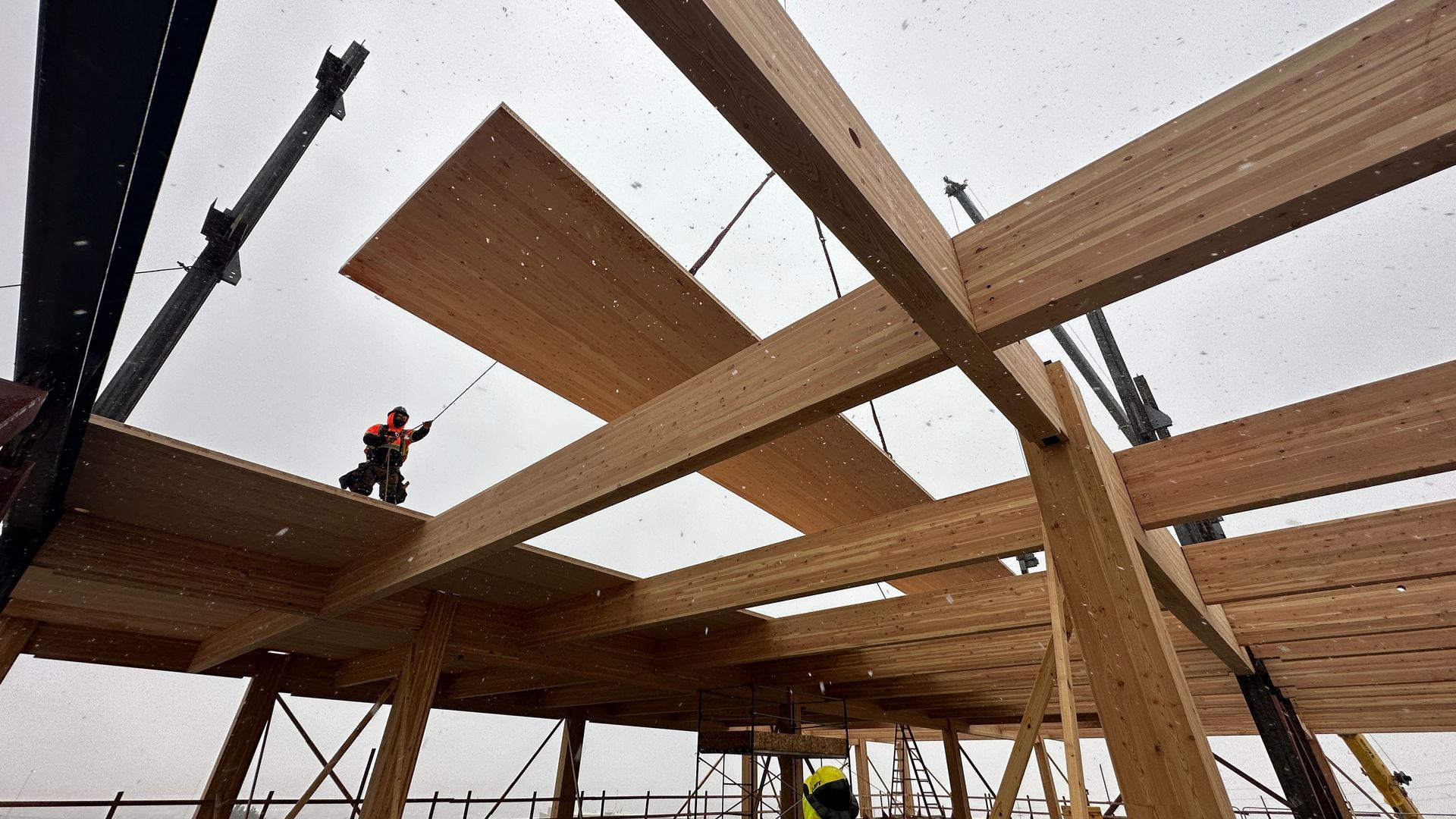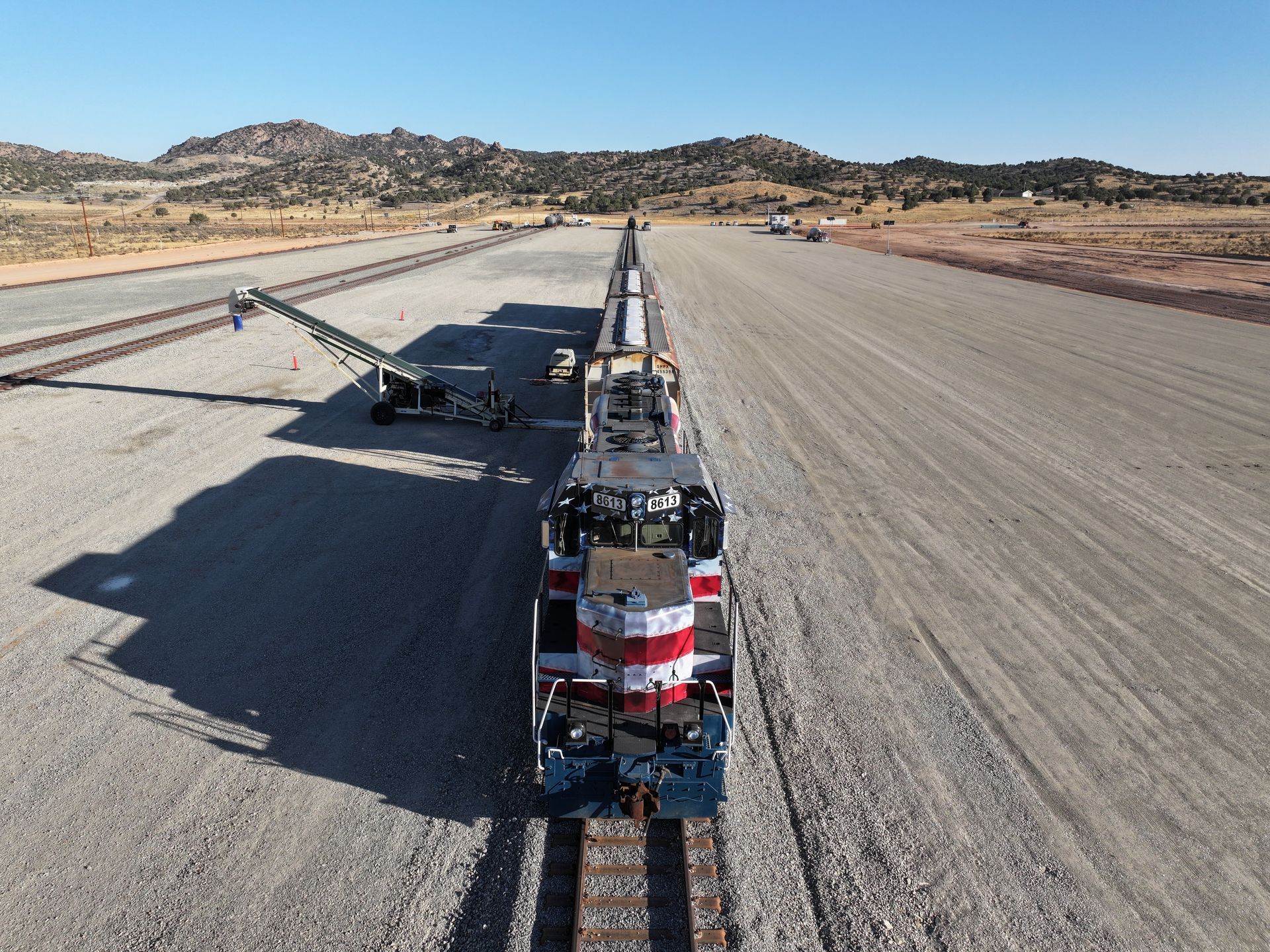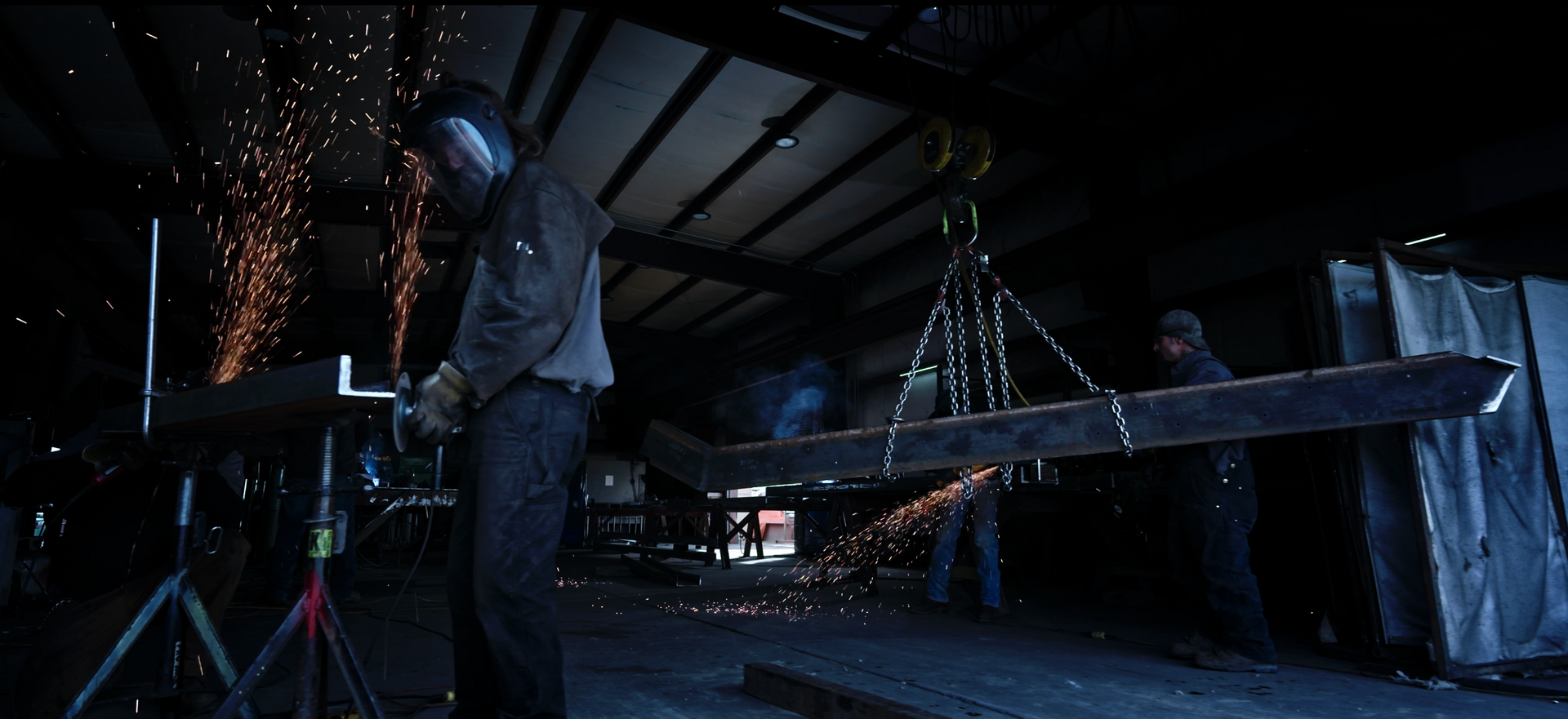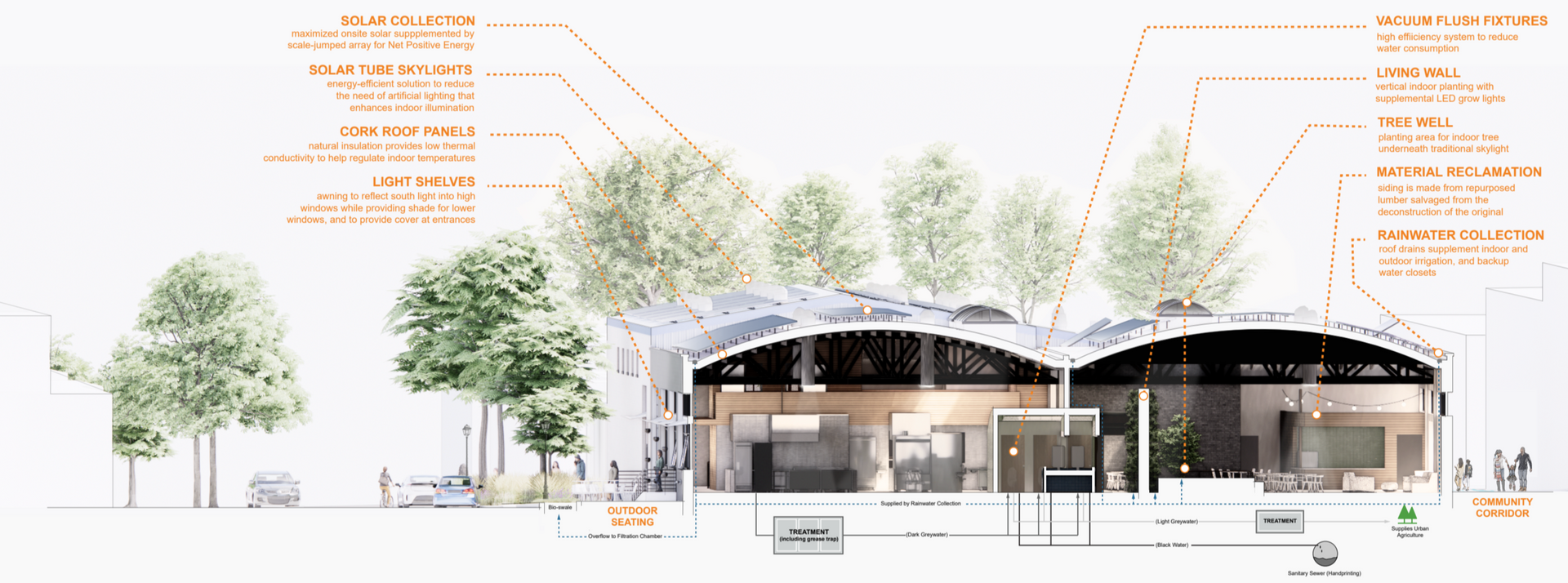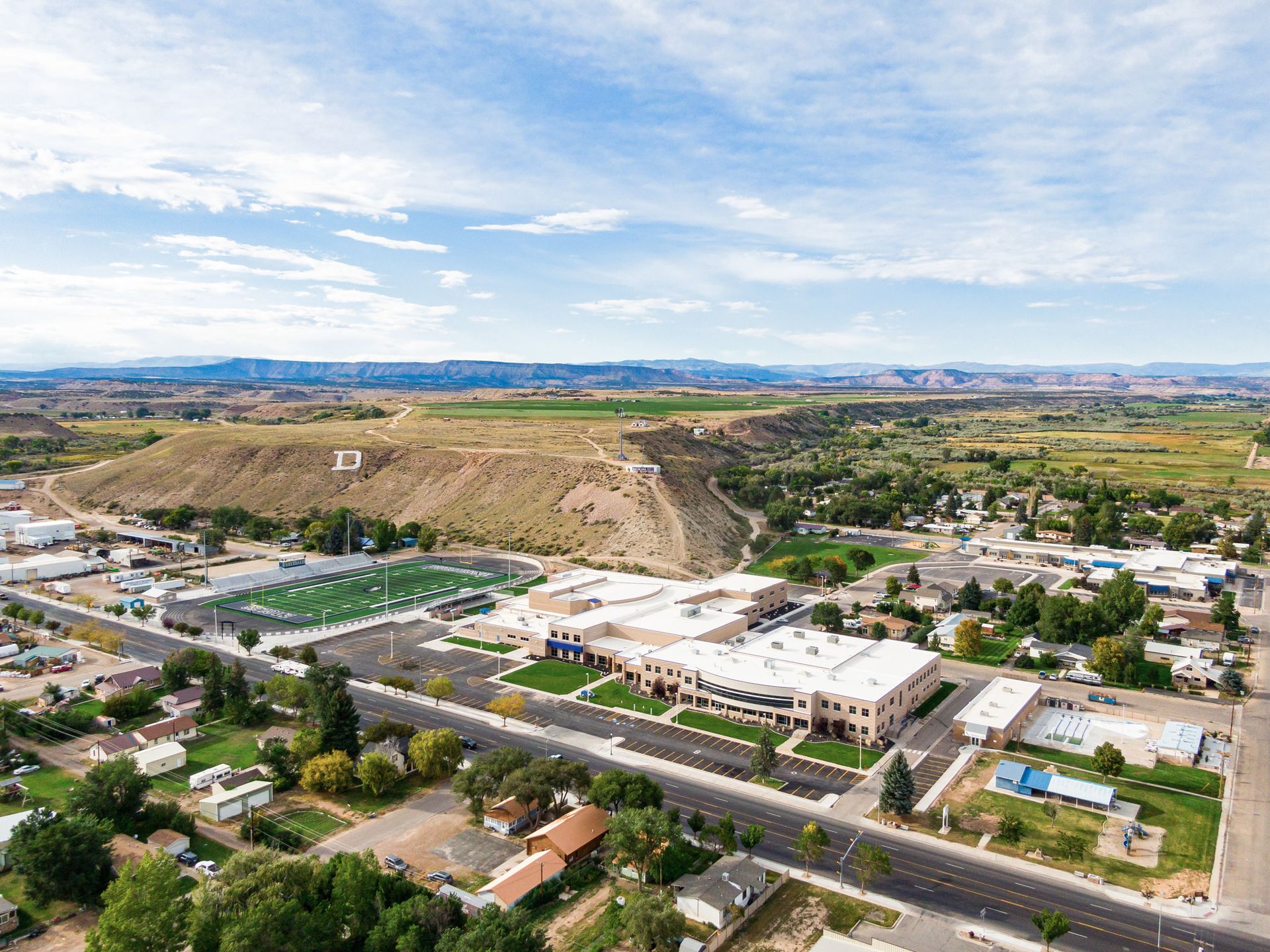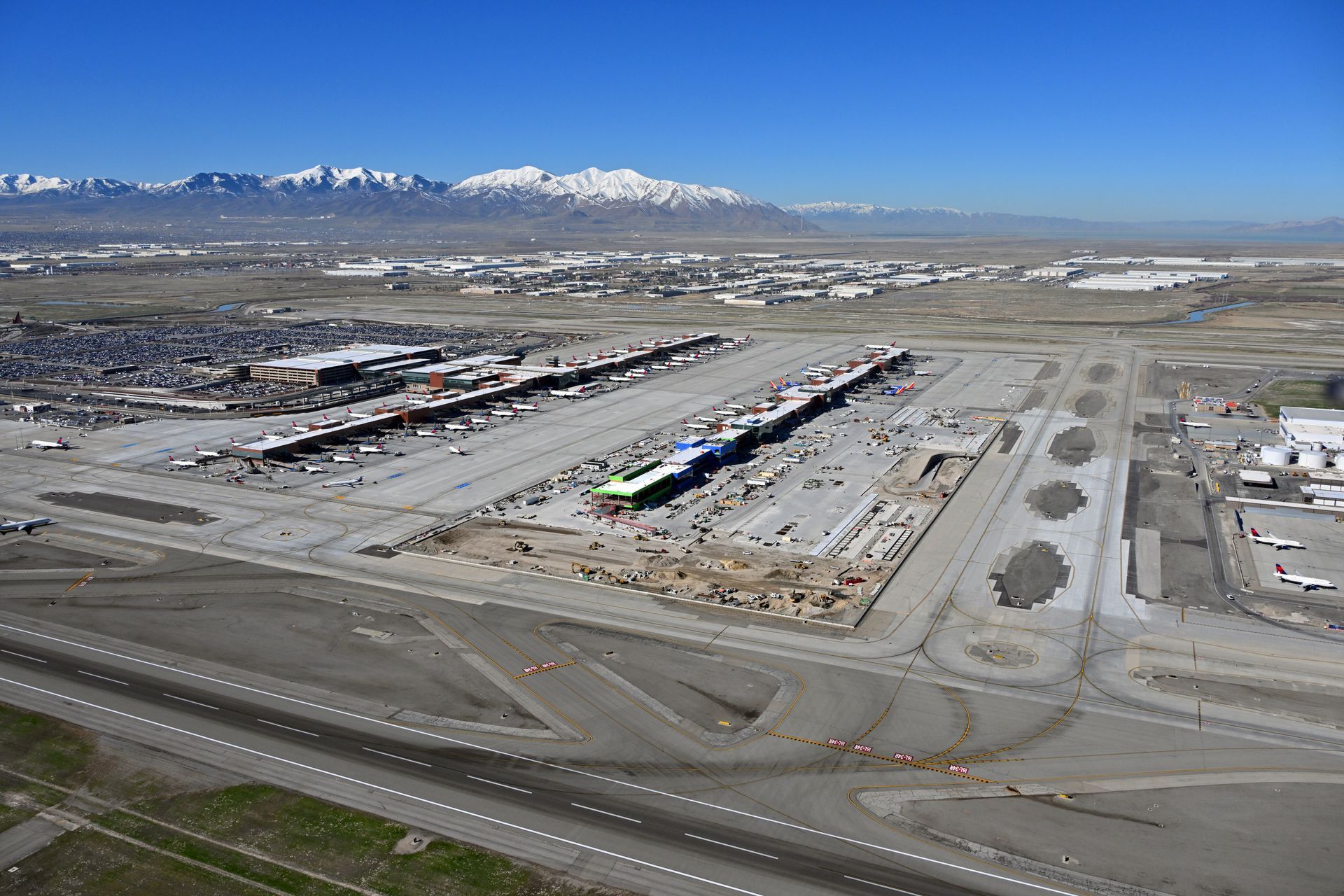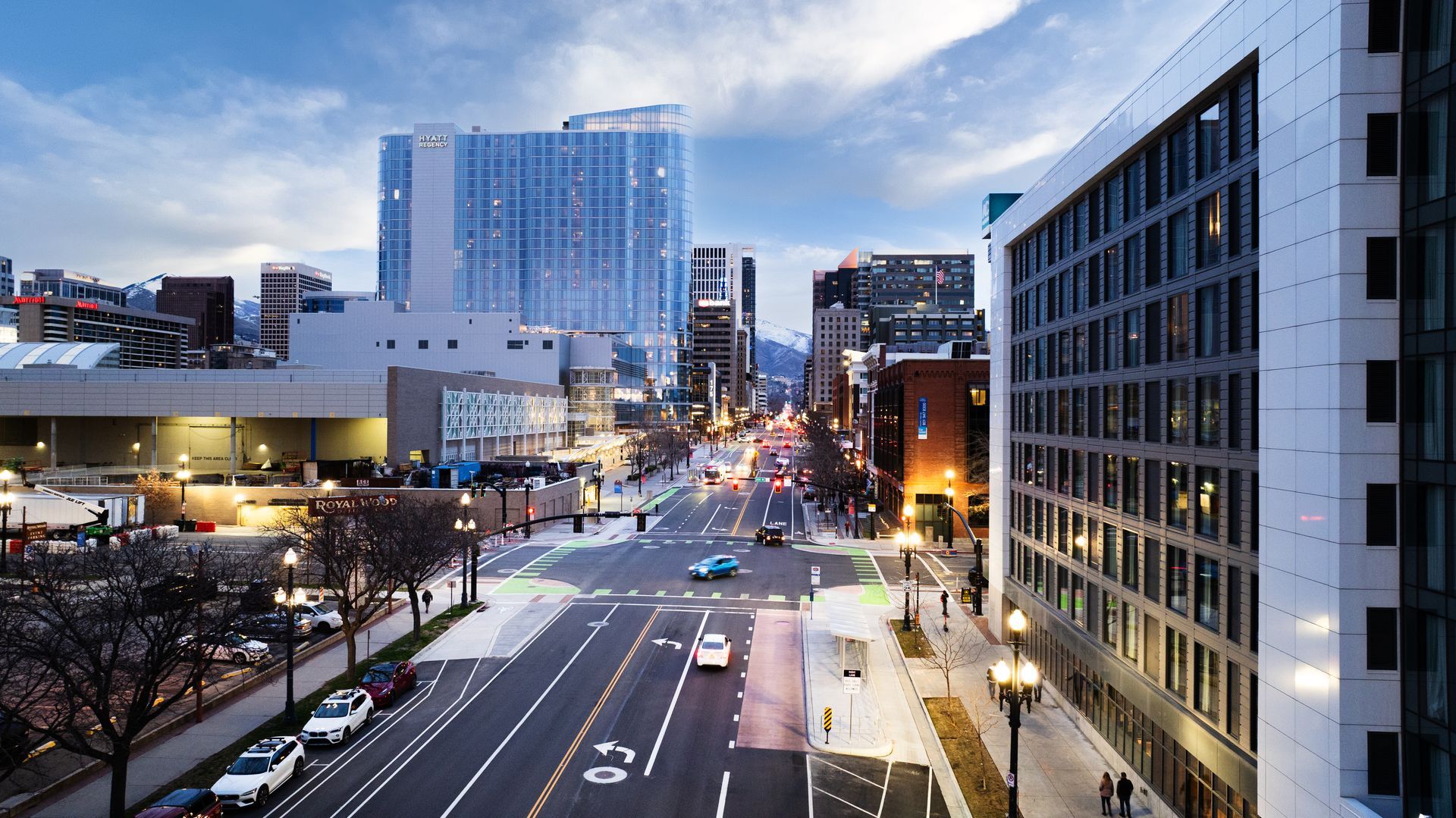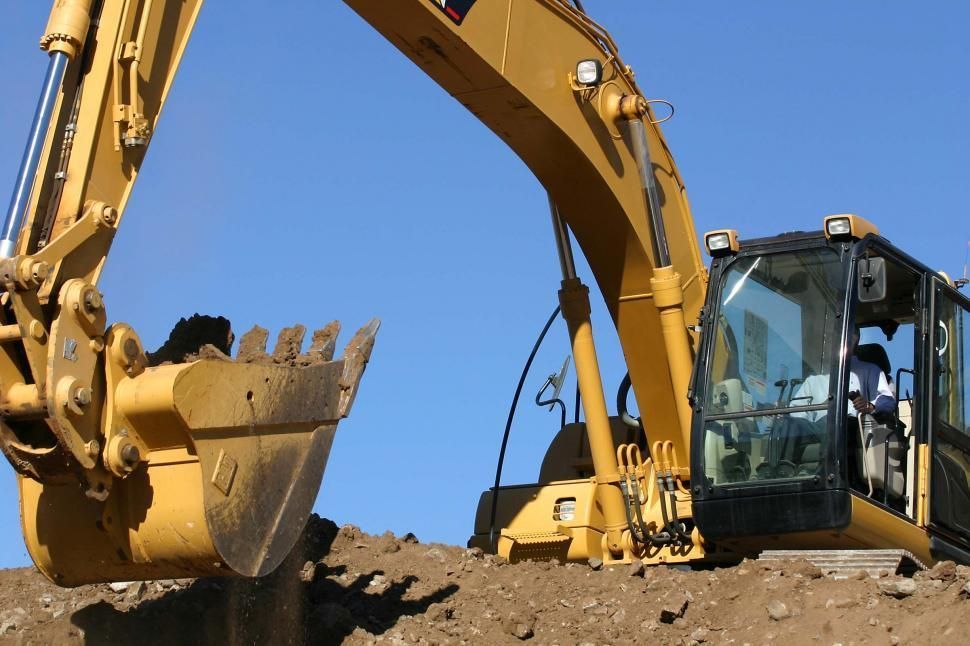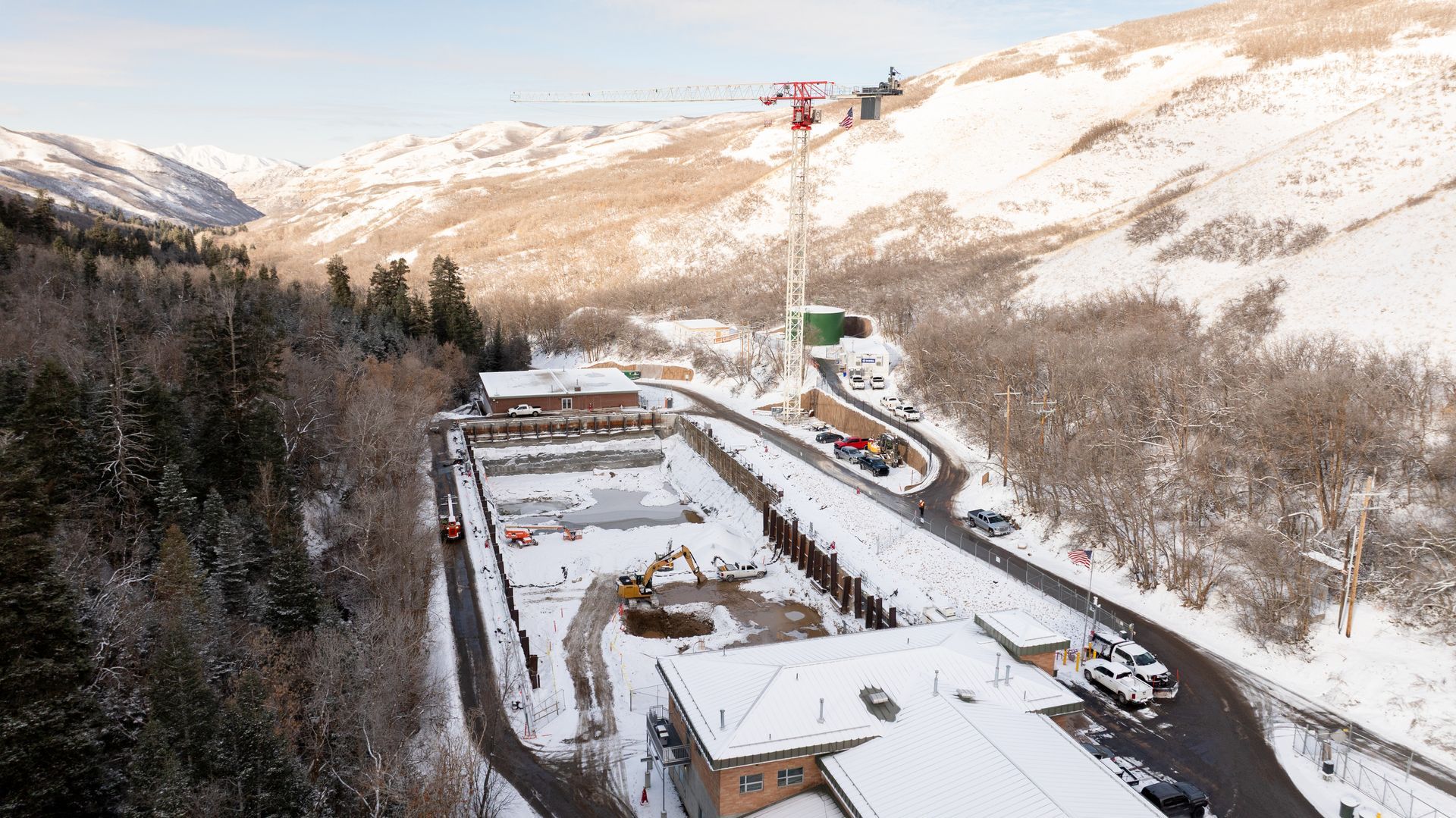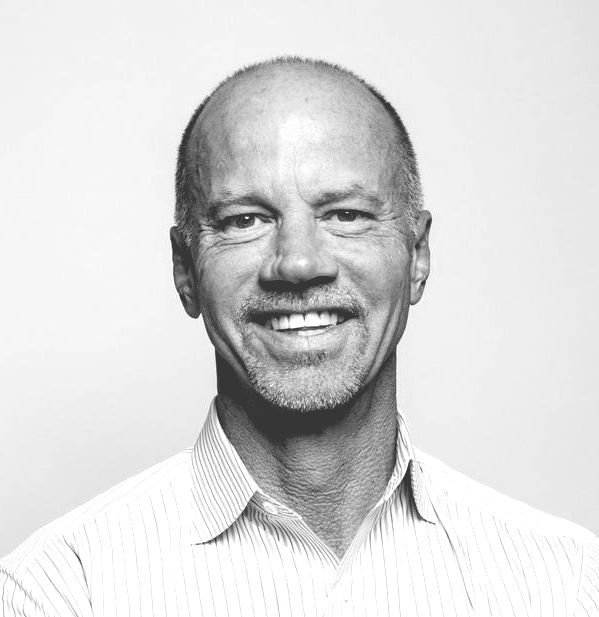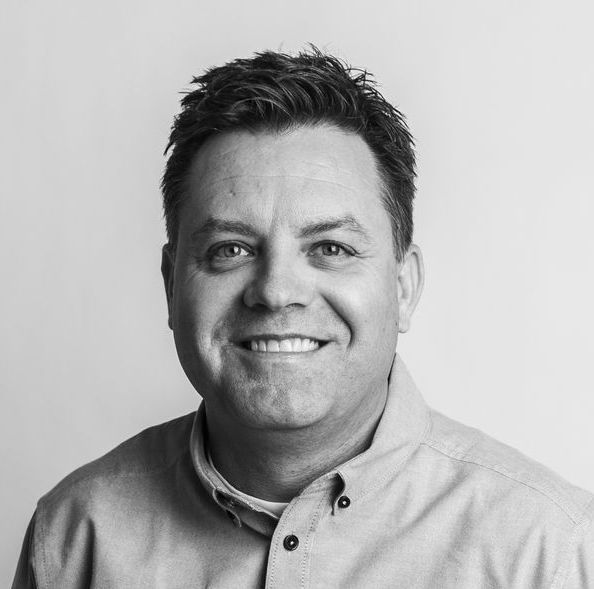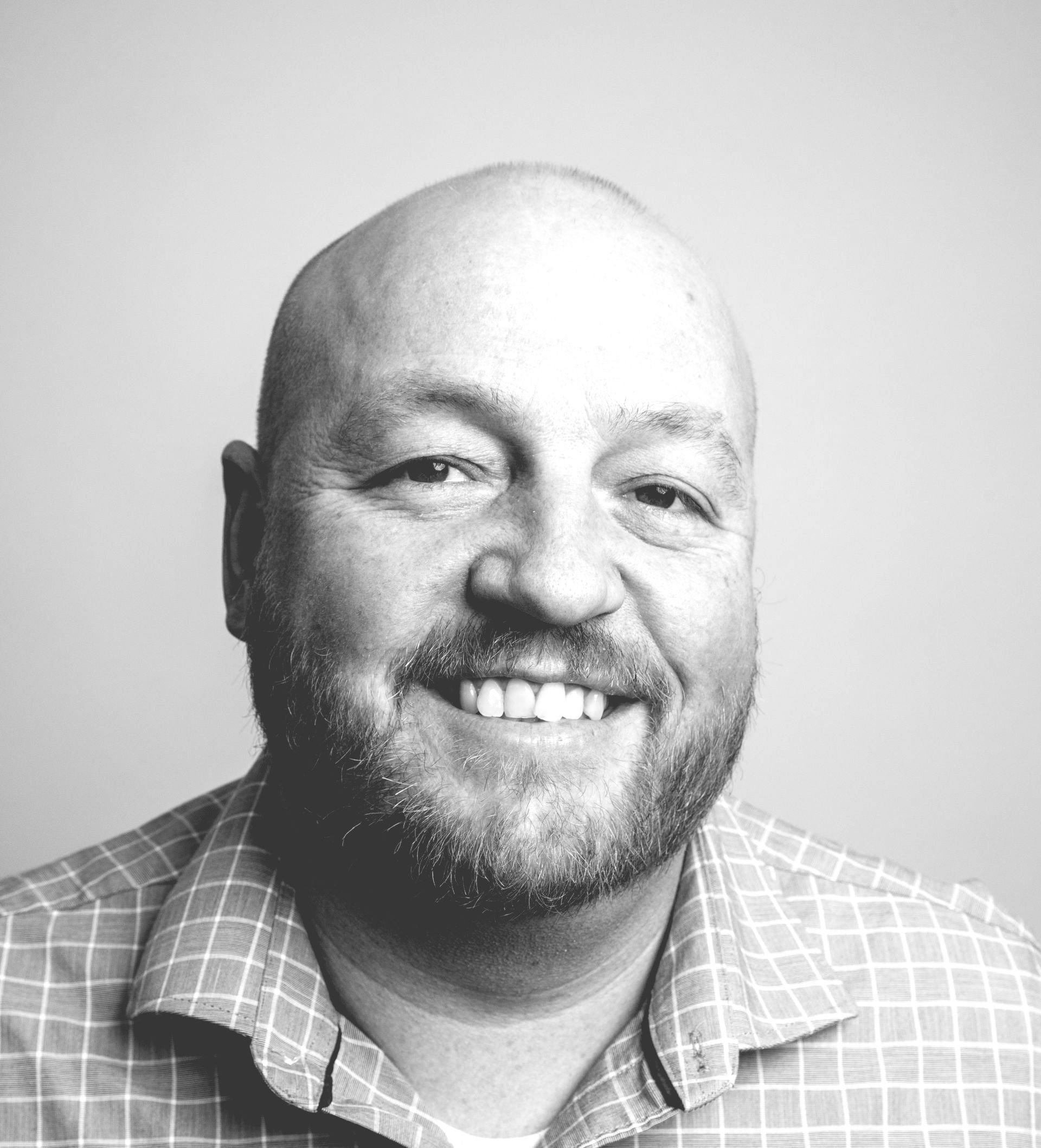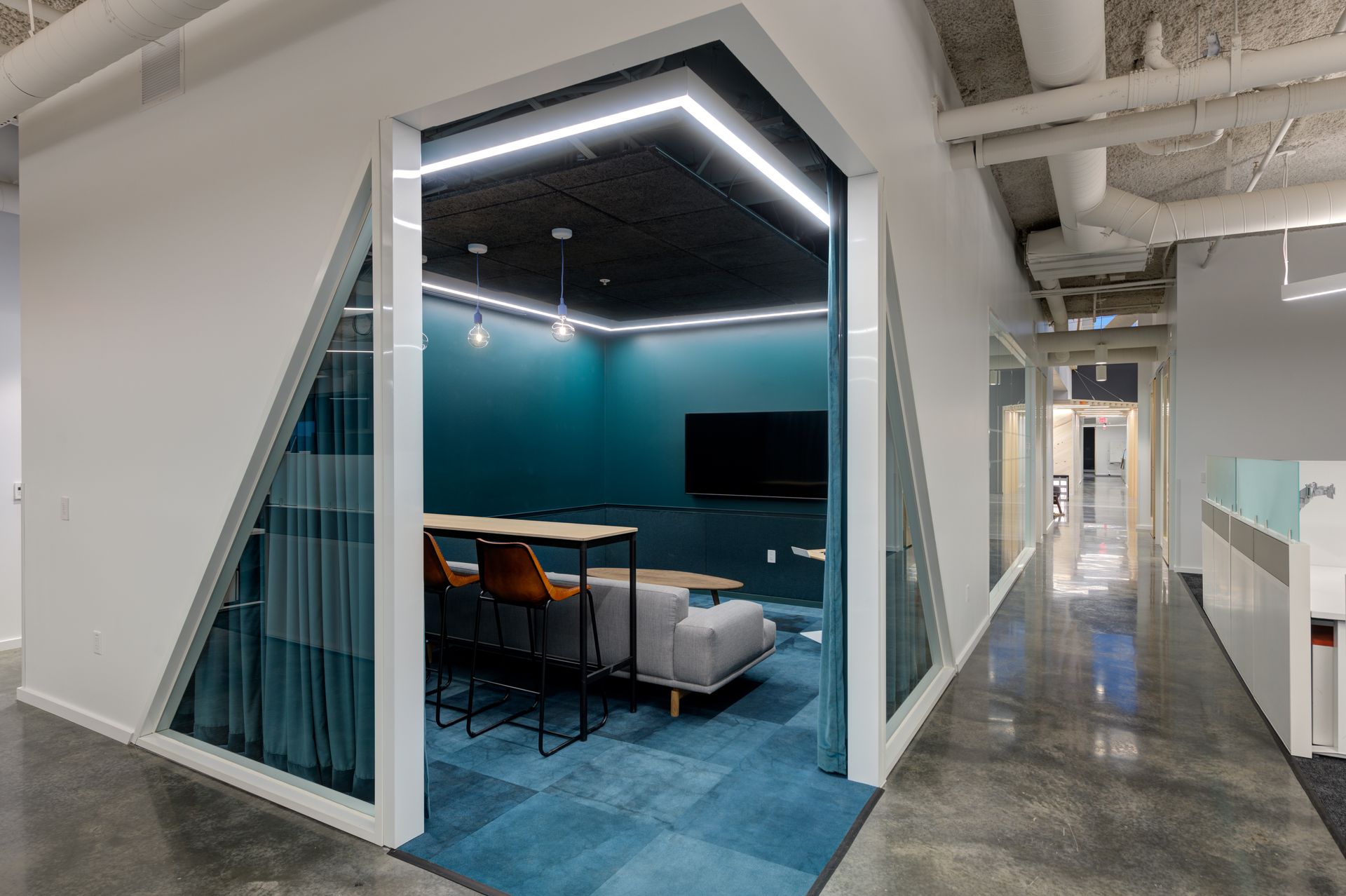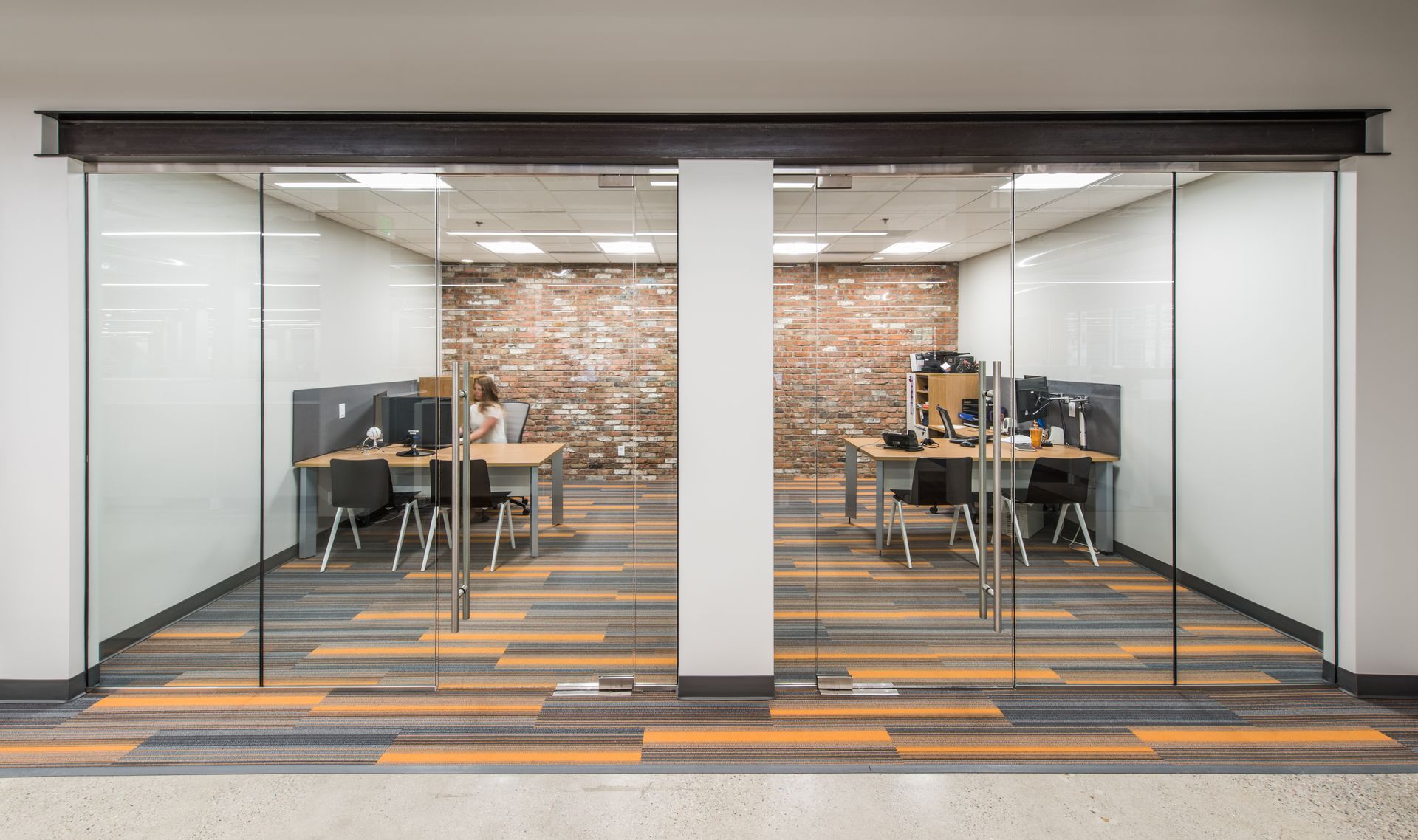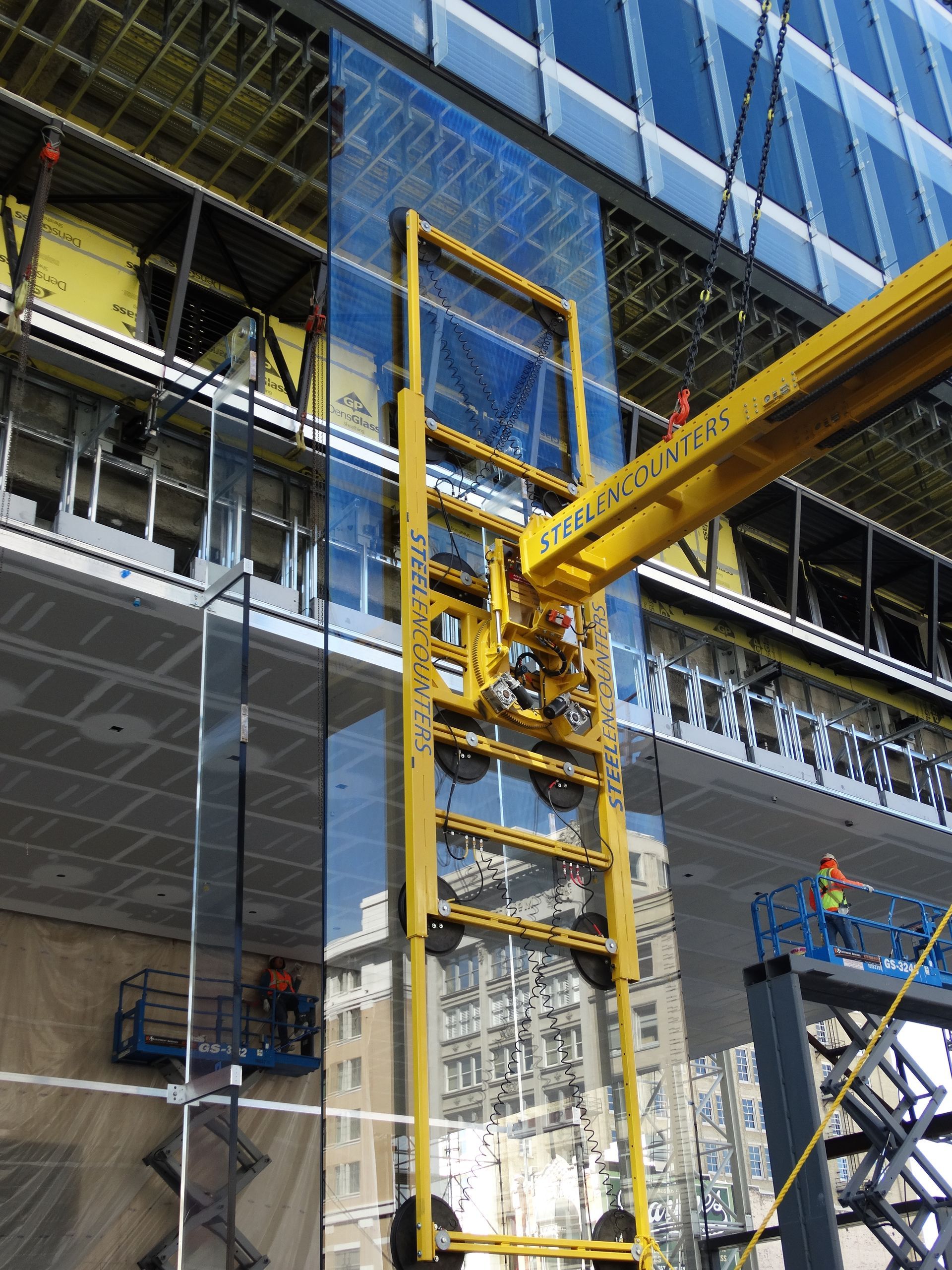First decade shows Midwest D-Vision Solutions’ best niche is not having just one. By Doug Fox
"Walk, talk and smell like a subcontractor"
Several months after opening Midwest D-Vision Solutions, Tate and Wright determined they needed someone specifically over the new operation. Wright knew just the person –– Eric Reynolds, a former colleague at a prominent design firm.
The only problem was, Reynolds didn’t consider himself the right man for the job.
“When Sean and Marshall came to me with the idea of starting this off, I remember one of the first things I said to them was, ‘This is exciting. It’s exactly what the market needs, but sorry, I’m not your guy. I’ve never done anything of that sort,’” Reynolds said with a laugh. “Obviously that didn’t stick. They wouldn’t take no for an answer from me.”
Reynolds –– only the fourth employee at MWDS when he was hired, started as General Manager, and was elevated to Vice President in 2020 –– said the factors that weighed heavily in changing his mind were the trust that he would have the necessary support to make a difference, along with the ability to navigate his own pathway in fulfilling the company’s overall vision.
Reynolds said he didn’t necessarily know what to expect from the company when he started but noted any worry or trepidation went out the window after the company’s initial growth, and delivering on huge projects like the Salt Lake International Airport, the new Utah State Correctional Facility, and the state-of-the-art 95 State at City Creek office tower.
“On Day 1, I probably was not thinking I was going to be building a new airport or being part of a new prison or even these 25-story towers. Those were not really in the cards, in my mind,” he said. “But now I’m like, ‘Bring it on!’ Any project, any size scope –– I’m eager and ready.”
The Next 10 Years
Midwest D-Vision Solutions not only remained fully functional during the COVID pandemic, it had all the projects its workforce could handle. It’s more the aftereffects of COVID that are providing challenges now and in the foreseeable future.
According to Tate, those obstacles include an incredibly disruptive supply chain followed by an equally disruptive inflation spike, both of which affected overall prices of projects.
“Price will always be important in construction,” said Tate, “but price is less of a primary driver today than it was three years ago by a long shot. Price doesn’t mean a lot if they can’t get the product. Price doesn’t mean a lot if they don’t have the labor to execute. Price doesn’t mean a lot if the whole process is so short-circuited. So there’s really been some fundamental changes, and I think in many ways those changes have kind of mirrored how we set ourselves up strategically.”
But when it comes to the biggest potential challenge in the years ahead, both Tate and Wright cited workforce scarcity.
“People have been and will be for the foreseeable future, our single-most significant constraint to growth,” Tate said. “You know, there’s something brewing out there. […] Where we’re headed, it’s not going to be a question of who has the lowest price. It’s going to be a question of who has people that can actually execute on the job.”
Once again taking advantage of its flywheel business model, Tate said MWDS is well-situated to counter future staffing issues as much as possible. He noted the company can bring in new employees and immediately put them to work in jobs that require less initial expertise. Then as their experience grows, they will have the opportunity to shift into higher trade categories, such as glass and glazing, where the earning potential is greater.
With five operating divisions working under a single roof, MWDS employees will have the ability to grow their careers in any number of directions, Tate said.
“I want to drive home that our ability to recruit and retain the best talent in the market is going to be, I think in the future, the biggest differentiator between companies. And those companies that are paranoid and pulling their hair out wondering how they are going to be able to attract talent are companies that are, frankly, at risk of not being around in five years.”
Accelerating advancements in technology are also expected to play a big role in how companies address construction in the years ahead, Wright said. Artificial intelligence will likely handle many of the more mundane tasks. Companies are making significant investments into how automation can affect construction.
From framing layouts being done by robots to smart equipment that will help save wear and tear on employees’ health and wellness, Wright said there’s going to be as many innovations for the field in construction as there may be for the home office.
“There’s a lot of technology that’s making its way into construction, and it’s speeding up,” said Wright. “We really see that as a game-changer for our company in how estimations may work. … The industry is going to have to look at what it needs to do with less people and more computing power. That’s one of our strategic views on that.”
The Ultimate Compliment
Going back to the original group of contractors who shared their insights on what kind of subcontractor would best meet their needs, it should come as no surprise that the majority of MWDS’ portfolio features work done for those very same companies.
Which can be a complimentary and daunting experience.
“Working for your friends is one of the scariest propositions that there is,” Wright said. “And I was not only professional colleagues with a lot of these general contractors, but personal friends. But that satisfaction that comes out of winning the [significant projects] and that they trust us enough that we were the one they hired. […] When the GC hires you to do their own work, that’s a compliment that keeps on giving.”
“We’ve built one of the largest subcontracting companies in Utah in a relative 10 short years and, ironically, not a single one of us came out of any of the trades that we have business in,” Tate said. “I think we really do represent a new breed of subcontractor that brings a more sophisticated approach to market –– a much more strategic partnership-centric approach to the market.”
